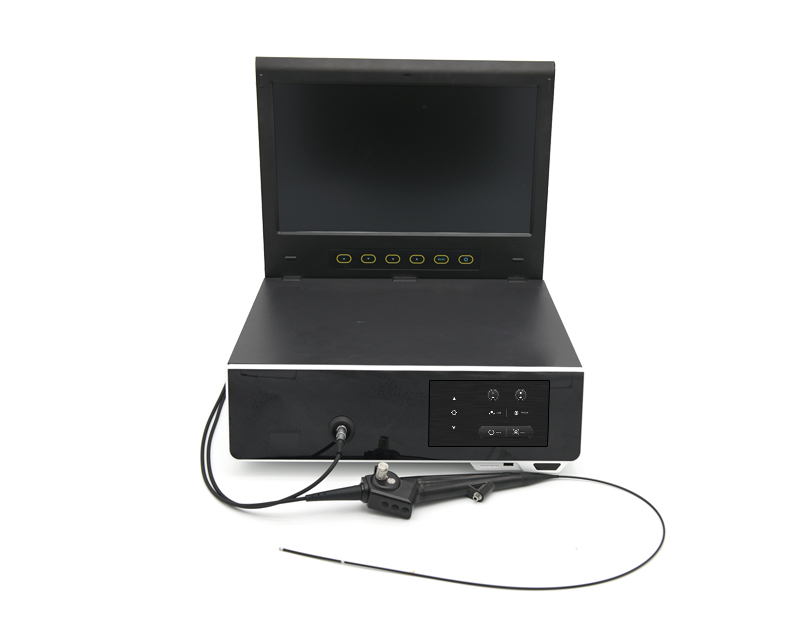Application of industrial endoscope in the field of aerospace
Industrial endoscopes can obtain detailed and clear internal image data of turbine engines, fuselages, automobile engines, pipelines, ships, windmill gearboxes, underwater buildings, etc. The illumination fiber bundle in the probe illuminates the light emitted by the high-brightness LED light lamp To the area to be observed, there is an ultra-small video camera at the end of the probe to convert the image of the object into a digital picture, which is transmitted to the host through the probe, and then the image is displayed through the host of the endoscope, and the problems of the endoscope are understood through the displayed image .

Industrial endoscopes are mainly used in aviation for the detection of aircraft engine turbine blades, combustion chamber cracks, the search and removal of redundant objects inside the body structure frame, the inspection of various oil pipeline welding and other internal cavity surface defects, and various pipeline welds. Surfaces, pipe surfaces, and engine cylinders, fuel pipes, hydraulic components, and nozzle components. In aerospace, it is mainly used in the research and development, manufacturing, assembly of rocket engines, welding and welding seams inside the cavity of the rocket body, checking the quality control of casting sand, burrs and cross holes, and defect inspection of key parts such as flight navigation systems. By using industrial endoscopes, maintenance engineers can effectively find defects and malfunctions on flight equipment, avoid potential safety hazards of flight equipment and continue to use them, and effectively prevent safety accidents from occurring. The latest aircraft engines have special holes for inspections, so that industrial endoscopes can be used to better inspect the internal hazards of the engine. Regular endoscopic inspections can also effectively shorten the downtime of the aircraft and ensure the safety of flight equipment.